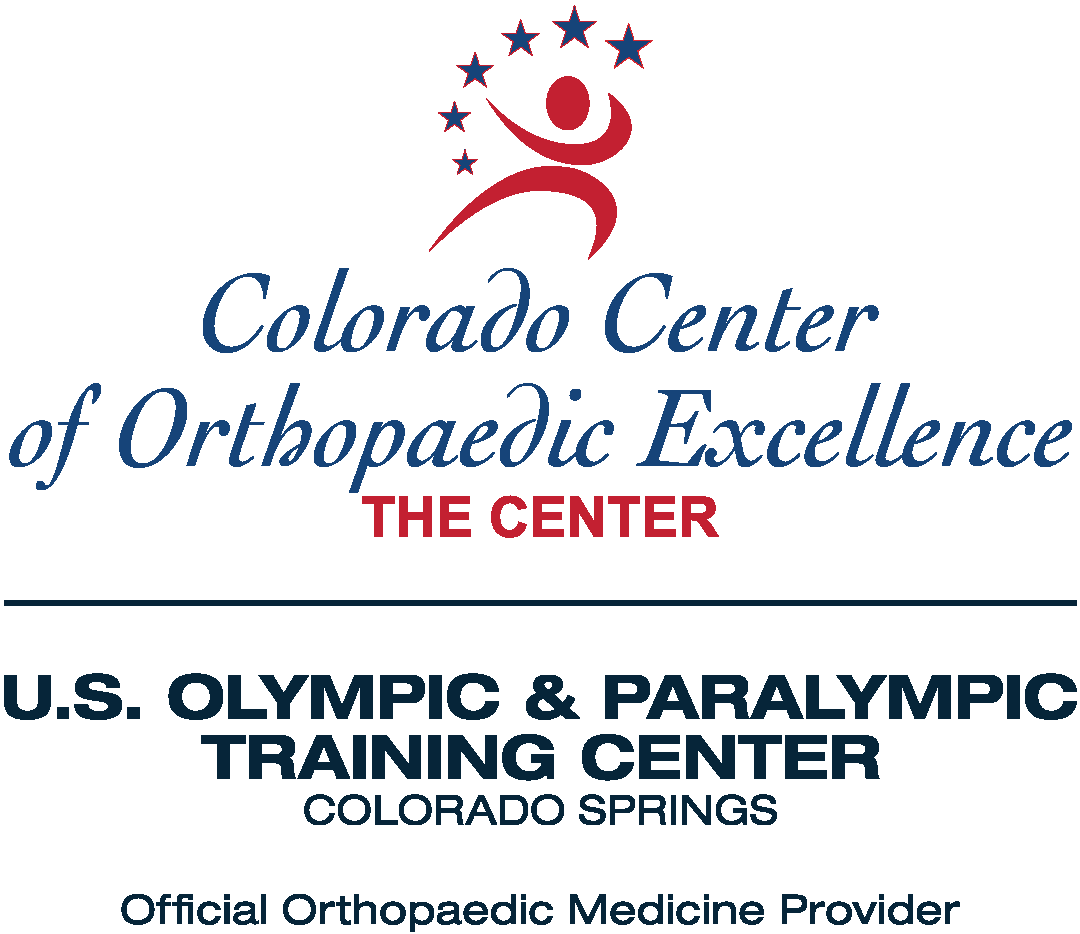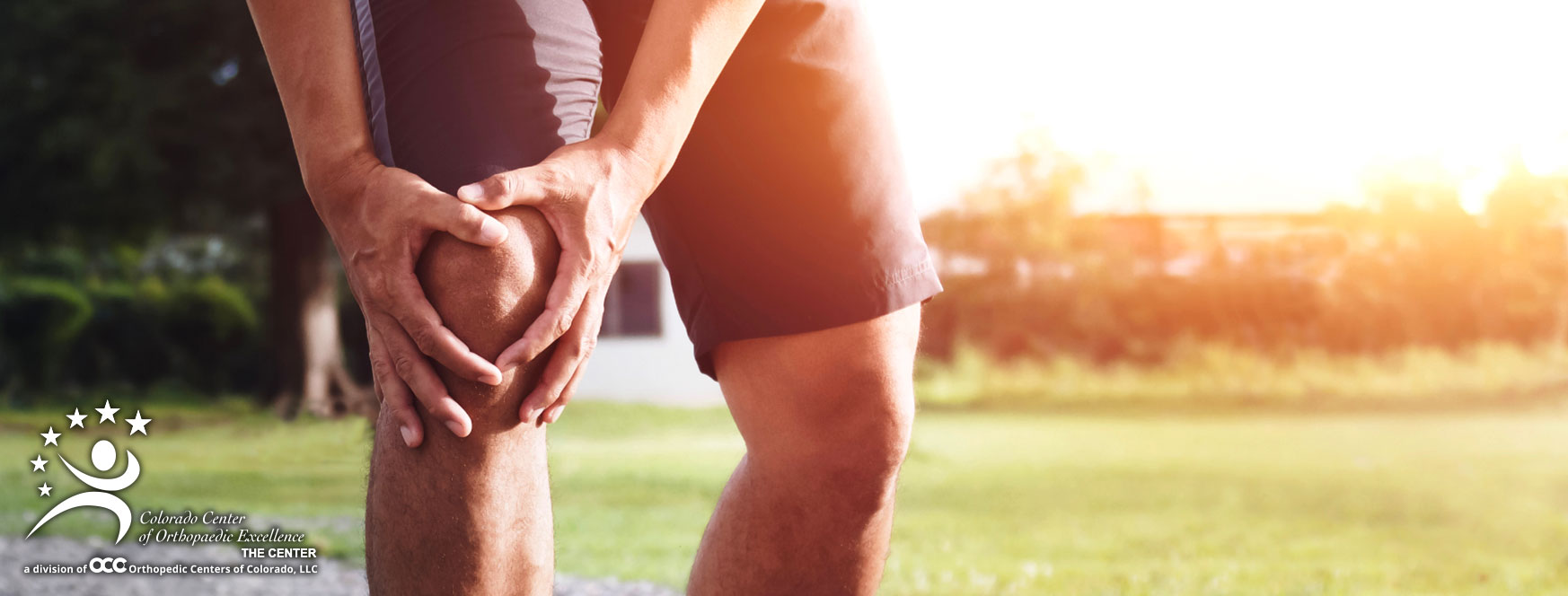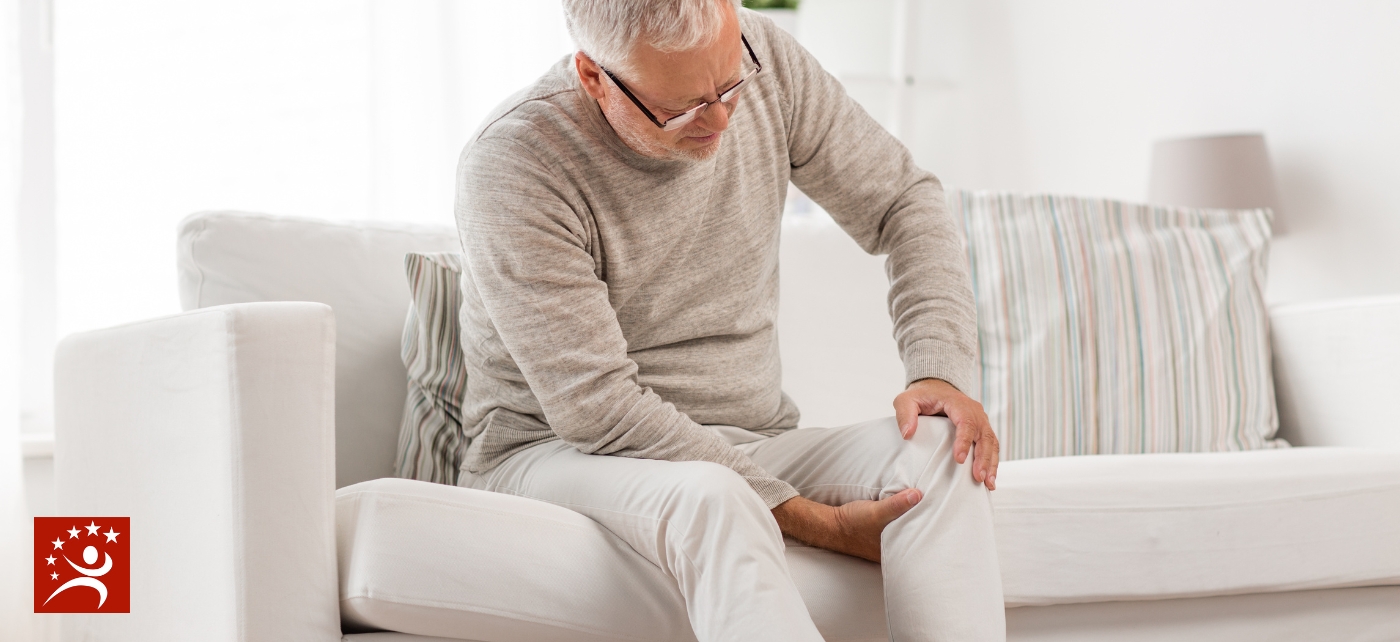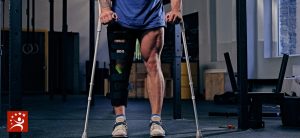When you have knee pain, even the basics of everyday life can be difficult. Our knees are essential to standing, sitting, walking and so much more. If you’re an athlete, there’s not a sport out there that doesn’t require strong, healthy knees.
Your knee is also one of the most complicated joints in your body. Knee pain comes in many forms and from many places. If your knee pain is chronic or severe, you should see an orthopedic specialist who can diagnose and treat many types and sources of knee pain.
A good orthopedic specialist will want to hear about the type and location of your pain, any event that might have caused the pain, as well as your activity level and lifestyle. They will do a physical evaluation and may order imaging such as an x-ray or ultrasound.
All-over Pain
Some diseases and injures calls pain throughout the knee, rather in that one specific spot. The pain can be dull and achy or sharp and severe. Common examples include:
Arthritis
Rheumatoid arthritis (RA) or Osteoarthritis (OA) both damage the cartilage in your knee, and the result is painful bone-to-bone contact that can deliver some serious ‘all-over’ pain, swelling and stiffness.
Torn Anterior Cruciate Ligament (ACL)
The ACL, which connects the tibia and the femur, is fairly well-known part of the knee – maybe you have torn yours or know someone who has. When it tears, many people report hearing a pop or snap and the pain which comes on quickly, is often felt in the middle or center of the knee.
A Bruised Knee
If your knee is hit hard during a contact sport, an accident, or a fall, it can bruise and result in all over or “inner” knee pain. You may also have swelling or difficulty bending your knee.
Knee Dislocation
A knee dislocation is a very serious and painful injury and the pain is not limited to one part of the knee. When the shin and thigh bone are separated from one another. Dislocations are rare and typically occur as the result of a severe impact such as a sports collision or a car accident.
Pain on inside of knee
If you have pain on the inside of your knee, it could be the result of any number of injuries including:
An MCL (Medial Collateral Ligament) Injury
Your MCL stabilizes your knee joint and runs along the inside of your knee. It can be sprained or torn by stretching too far, both of which can cause pain on the inside of your knee.
Injury to the Medial Meniscus
Your shin and thigh bones are cushioned by two pieces of cartilage called meniscus. These menisci can fold, become worn, or tear if your knee rotates too far or has too much pressure. You may feel pain on the inside of your knee or may simply be unable to straighten your knee fully.
Bursitis
When the fluid-filled sacs (the bursa) get irritated and swollen, this cushioning tissue may be a source of pain rather than a joint protector, but often resolves with rest and ice.
Pain on outside of knee
Different diagnoses are more likely if you have pain on the outside of your knee, such as:
Iliotibial Band (“IT Band”) Syndrome
The “IT band” ligament runs along the outside of your thigh and can become swollen and inflamed as it rubs against the bone. The feeling can include tenderness or burning on the outside of your knee. IT Band Syndrome is common in long-distance runners and cyclists.
Injury to the Lateral Collateral Ligament (LCL)
The ligament that runs across the outside of your knee is called the Lateral Collateral Ligament (LCL) and it helps to stabilize your knee. When torn or strained, you’re likely to feel instability and naturally feel pain on the outside of your knee.
Pain on the front of the knee
Pain on or near the kneecap is common for athletes or anyone who does a lot of running or jumping.
Patellar Tendonitis (aka Jumper’s Knee)
Wear and tear on the patellar tendons or irritation from overuse can result in tendonitis- which is inflammation of the tendons.
Runner’s Knee
Runner’s knee isn’t just for runners, although it does occur in athletes – including runners and especially women. The pain generally radiates around the kneecap and may be worse after bending it. Many people with Runner’s knee may be used to hearing snaps and pops when they squat or go downstairs.
Pain behind knee
If it hurts in the back of your knee, there are many possible causes. Several common causes include:
Baker’s Cyst
One of the most common causes of knee pain behind the knee. Baker’s cyst is an inflamed burse sac. There are bursa sacs all over your body, but an inflame bursa sac is known by this name when it’s behind the knee specifically.
Injury to the posterior cruciate ligament or PCL
Similar to the ACL, the PCL helps connects the shin and thigh bones and keeps the knee stable, but it is injured far less often. Injuries to the PCL are typically the result of a collision or other trauma.
Among others, runners’ knee, meniscus tears, ACL tears and arthritis can also cause pain behind the knee.
No matter where your pain is, be sure to see a qualified orthopedic specialist to fully diagnose your knee. Our team includes physicians, physician assistants, orthopedic surgeons, physical therapists, and our athletic trainer. We diagnose and treat a wide range of orthopedic conditions from injury to wear and tear. Our physicians help patients of all ages and activity levels. Make an appointment today.










